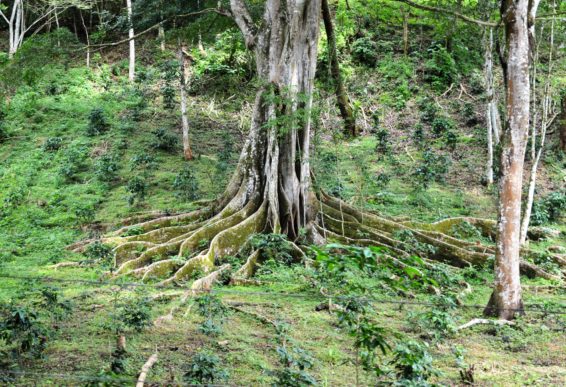
What do you get when you combine a farmer-focused and innovative approach to reforestation with engaged community involvement and award winning technology?? With some 30 coffee-producer partner representatives, Coop Coffees roasters, staff and key allies – we traveled across western Nicaragua from one successful reforestation experience to another to find the answers.
 The event, graciously co-sponsored by our friends and allies at Grow Ahead, focused on the successful, reforestation program — managed for more than 10 years by the Canadian/Nicaragua teams at Taking Root. The week-long tour was a combination of farmer-to-farmer exchange and learning, reforestation site visits and demonstrations of the mobile technology that has revolutionized the way local tecnicos can effectively monitor, troubleshoot and report (in “real-time”) on the progress of tree growth in individual farmer plots and calculate his or her corresponding carbon sequestration.
The event, graciously co-sponsored by our friends and allies at Grow Ahead, focused on the successful, reforestation program — managed for more than 10 years by the Canadian/Nicaragua teams at Taking Root. The week-long tour was a combination of farmer-to-farmer exchange and learning, reforestation site visits and demonstrations of the mobile technology that has revolutionized the way local tecnicos can effectively monitor, troubleshoot and report (in “real-time”) on the progress of tree growth in individual farmer plots and calculate his or her corresponding carbon sequestration.
The project is a powerful example of keeping balance. Taking Root has worked quite successfully with local communities, while remaining intrinsically linked to a broader, international movement aimed at combating climate change. Due to the clear and appropriate criteria in design, and the innovative technology for monitoring, follow-up and verifiable calculations of carbon, sequestered in the biomass of the trees and root systems, the participating farmers qualify for carbon credit income from “voluntary” carbon markets under the Plan Vivo system.
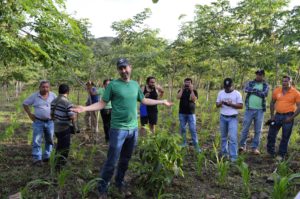 “Planting has to take into account the ecological criteria, but also the economic needs of the producer,” says Taking Root Director Kahlil Baker. “We need market incentives to facilitate reforestation, so this approach of managed forestry has to produce some kind of market-ready product on a regular basis. If we followed the model of traditional reforestation – it could take between 30 to 50 years before the producer receives any economic benefit. In order to make this economically viable for small-scale farmers, we’ve secured carbon credits to cover some costs in the initial stages. And as the forest matures, it begins to generate income on its own (by harvesting some of the mature trees). It’s the combination of the two that maximizes local reforestation.”
“Planting has to take into account the ecological criteria, but also the economic needs of the producer,” says Taking Root Director Kahlil Baker. “We need market incentives to facilitate reforestation, so this approach of managed forestry has to produce some kind of market-ready product on a regular basis. If we followed the model of traditional reforestation – it could take between 30 to 50 years before the producer receives any economic benefit. In order to make this economically viable for small-scale farmers, we’ve secured carbon credits to cover some costs in the initial stages. And as the forest matures, it begins to generate income on its own (by harvesting some of the mature trees). It’s the combination of the two that maximizes local reforestation.”
“Reforestation is considered a solution to an environmental issue,” Kahlil adds. “But in truth, we should be looking at this as a social problem. The root cause of deforestation is people in the pursuit of improving their standard of living.”
Each member of the technical team has the responsibility of tracking between 20 and 50 producers. And over the course of this 10-year program Taking Root has supported: the planting of 2.2 million trees; the creation on average of some 1,200 jobs in the region annually; and distributed some US$1.9 million in environmental service fees paid to small-scale farmers and their communities.
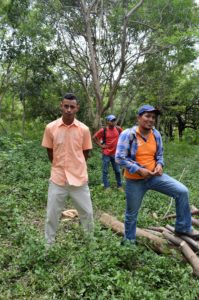 “It was hard at first, because in Limay there was a recurring problem with draught…” recalls Luis Manuel Suarez – son of one of the earliest participants in the program. “And without the rains, nothing will sprout or germinate. We were fortunate to have a water source that we could go to if the rains weren’t coming in time.”
“It was hard at first, because in Limay there was a recurring problem with draught…” recalls Luis Manuel Suarez – son of one of the earliest participants in the program. “And without the rains, nothing will sprout or germinate. We were fortunate to have a water source that we could go to if the rains weren’t coming in time.”
But today things look quite different in Limay. The reforestation has created a micro-climate that has transformed the drylands to lush forest. To date, there are more than 700 ha under managed reforestation and the visible and the economic results have really changed the attitude of the local population.
“We used to act like the forest was our enemy — burning and abusing the land,” Luis Manuel said. “But now people take more care. Slash and burn practices have stopped altogether and instead of cutting down a tree for firewood, people are strategically trimming back branches.”
To achieve successful plantation design – the participating farmer and the Taking Root team select the best mix of species, seeking to: improve the local biodiversity; increase soil quality; and improve the retention of the water in the soil and micro-basins.
Re-establishing the water table is another key benefit of reforestation – and particularly in arid regions such as what we find in this region around Somoto. Here we can see the impact of a recovered watershed, enormously advantageous not only for the local population, but also for livestock, as well as the native flora and fauna.
After 10 years of successful growth in the initial reforestation plots, it’s time for the first wood harvesting. Here we can see the kaleidoscope of native varietals — from which the local Taking Root team will produce finished wood products for sale in the local and eventually international markets.
And the cycle continues – as tree varietals such as the fast growing Mandagual are thinned to make room for the growth and maturation of massive species – such as Mahogany, other areas are being prepared for seedlings. The program is also expanding from strictly reforesting former pasture lands to agro-forestry models that encourage strategic inter-cropping of high performing carbon-capture tree species among commercial crops such as coffee and cocoa.
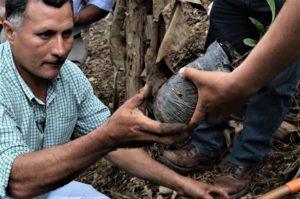 Here, coffee seedlings are ready for planting in this newly established coffee plot, combined with native forest species, banana and/or other temporary shade trees for a staggered canopy and filtered sunlight.
Here, coffee seedlings are ready for planting in this newly established coffee plot, combined with native forest species, banana and/or other temporary shade trees for a staggered canopy and filtered sunlight.
At CoopCoffees we’re delighted to be a catalyst – supporting our producer partners’ efforts to reforest their landholding and to enter into this fascinating world of carbon capture, field and income diversification and climate resiliency!
Author: Monika Firl
November 1, 2017




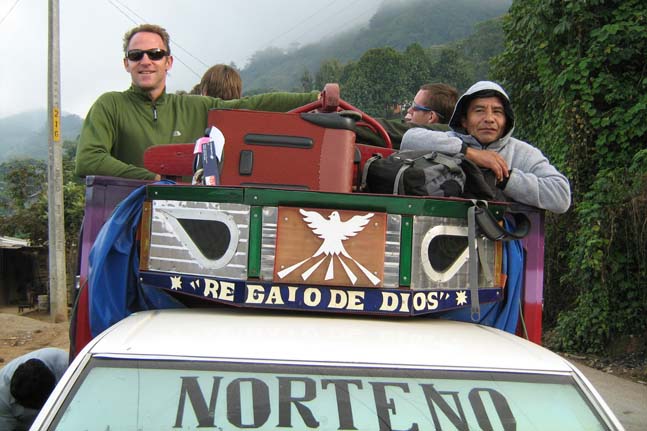
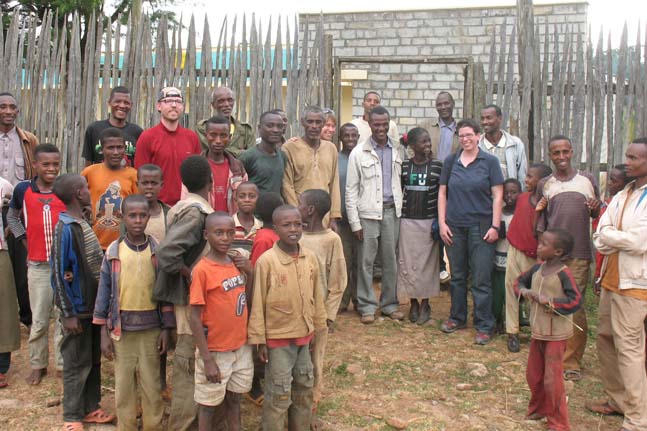

















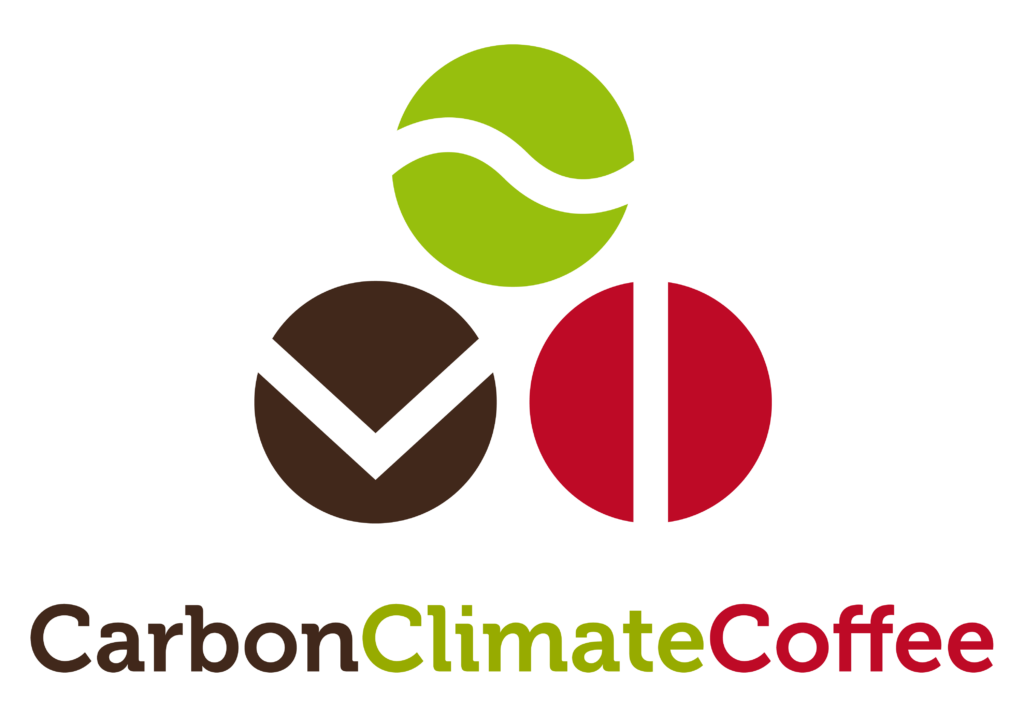
Such great, rewarding and innovative work. Thank you for the thorough report!